The remains of the Roman civilization are all around you when travelling through Italy. Rome’s dominion expanded in Italy throughout the centuries, absorbing other tribes and city states along the way. When they conquered new territory, they made sure that the area was quickly “Romanized”, with the construction of Roman buildings and the organization of the territory. It is therefore not surprising that we see Roman ruins all throughout the country.
Back in the times of the Roman Republic and Empire, it was common for the rich and powerful of society to have residences outside of the capital, so they could get away from city life and retreat from the squalor that no-doubt was a feature of such a large metropolis.
Some towns were trading hubs, while others acted as crucial, strategic military outposts. This all amounted to a mountain of history still in existence today – whether largely intact or barely visible at all.
Below is a list of some of the prominent Roman ruins outside of Rome, but within Italian borders.
Pompeii
One of the most well-known sites for ruins. The site had its first inhabitants around the eighth century BC when the Oscans (an ancient tribe in Italy) first built villages in the area. It was then settled by Greeks and became “Hellenized”.
It was occupied by the Etruscans, the Cumae and Samnites over the ensuing centuries and was allied with Rome for majority of that period.
It rebelled against Rome during the Social Wars in the early first century BC and was besieged by Lucius Cornelius Sulla in 89 BC. After heavy and ferocious fighting, Pompeii surrendered, thus becoming a Roman colony. New Roman buildings were constructed in earnest, including baths, temples and an amphitheater.
Pompeii retained its status as an important trading town, while it became a popular spot for rich Romans.
In AD 79, the nearby Mt Vesuvius volcano erupted. The eruption lasted for two days and included the spewing of hot lava, volcanic rock and pumice raining down on the surrounding landscape and a wave of poisonous gasses that filled every last space of clean air.
The citizens of Pompeii and other towns tried evacuating and some escaped while many were buried under the hot ash and suffocated from the poisonous gasses. The speed with which Pompeii was buried meant that the town was preserved well and was in a remarkable state when it was re-discovered.
A truly remarkable preservation of Roman ruins.
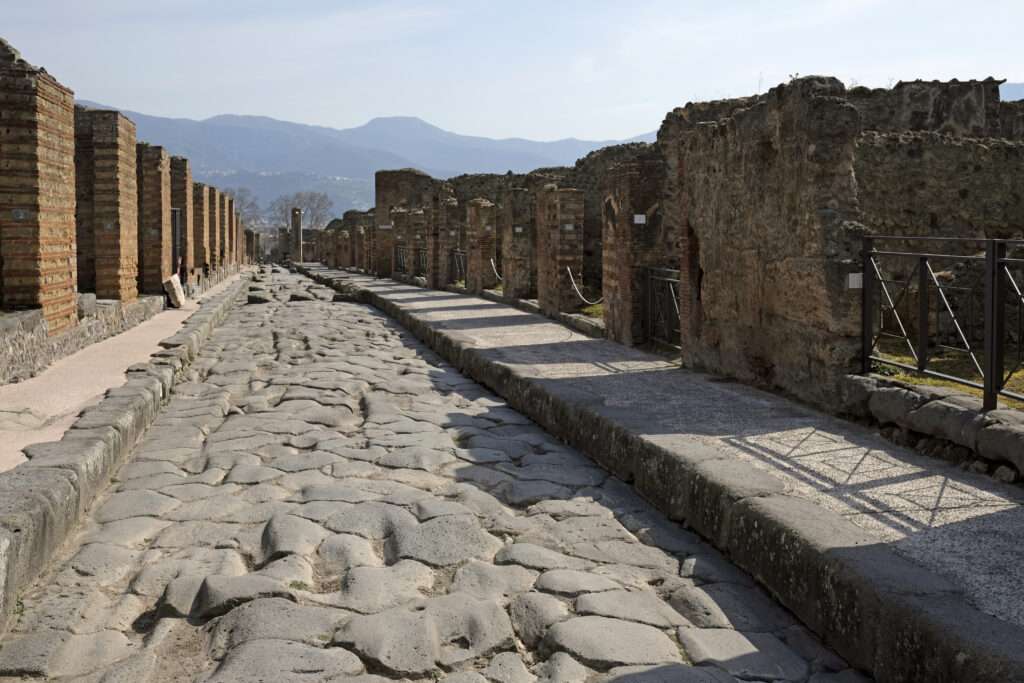
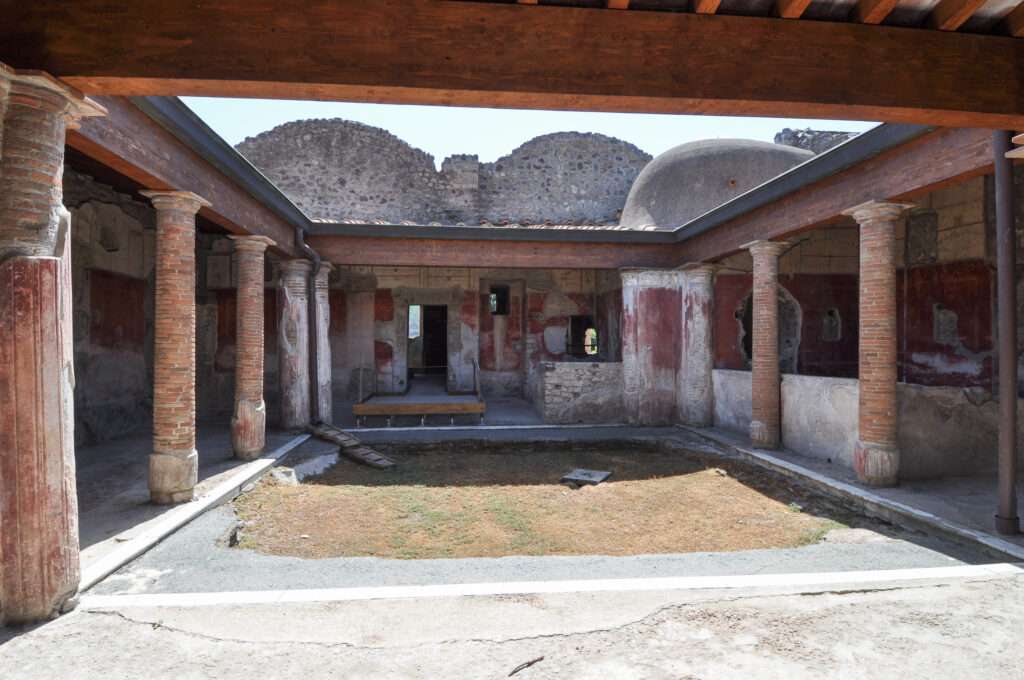
Mediolanum
Mediolanum is the ancient city where Milan now sits. It was settled early in the sixth century BC by the Celtic tribe, the Insurbes. It was conquered by the Romans in 222 BC, along with the rest of the region. This area became a new province for Rome – Cisalpine Gaul.
Due to its position in northern Italy, it became an important trading town, trading in all sorts of goods with peoples on the other side of the Alps, while nearby tribes benefitted from Roman trade.
Mediolanum became a major Roman city over the centuries, with schools, theaters, amphitheaters and baths among the major buildings built there. Emperor Diocletian moved the capital of the Western Roman Empire from Rome to Mediolanum in AD 286. Co-Emperor Maximian resided in Mediolanum, where he built a series of Imperial palaces.
In AD 313, Emperor Constantine issued what is now known as the Edict of Milan (Latin Edictum Mediolanense), which granted tolerance to all religions within the Empire, from Mediolanum.
The Imperial capital was moved from Mediolanum to Ravenna in AD 402 due to the city being besieged by the Goths.
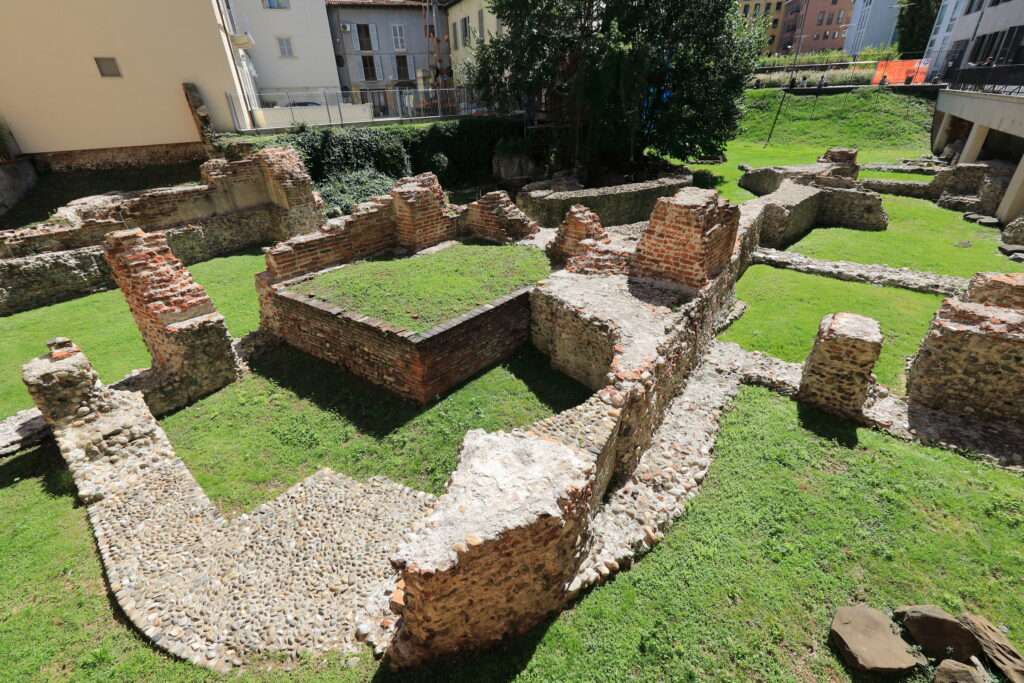
Hadrian’s Villa
The villa complex, built by Emperor Hadrian around AD 120, is located in modern day Tivoli. Emperor Hadrian is said to have wanted an escape from the palaces in Rome, so he built a lavish housing estate approximately 30km (23 miles) east of Rome. During the later years of his reign, he even ran the Empire from the villa.
After the death of Hadrian, the villa was used sporadically by different Emperors and fell out of favor during the dying years of the Roman Empire. Much of the marble statues that adorned the villa were removed by Emperor Constantine and others. It was used as a warehouse during the Gothic Wars of AD 535-554.
It was rediscovered in the fifteenth century, where more marble was removed. It was listed as a world heritage site in 1999.
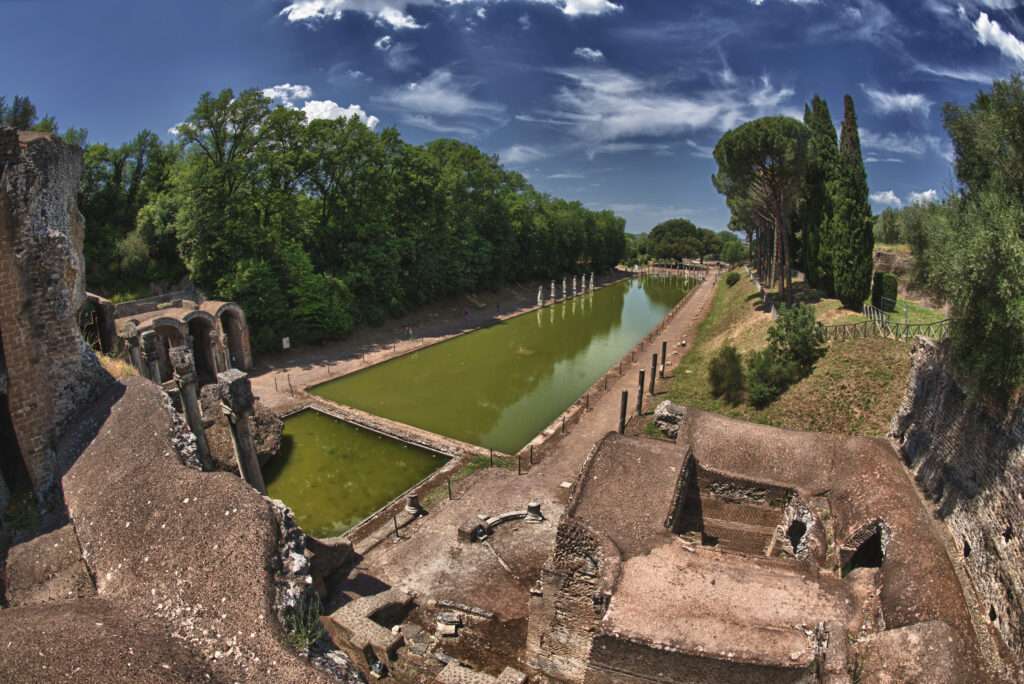
Baiae
It is unclear when this town in the Gulf of Naples was actually founded, but it is mentioned in historical record in 178 BC.
The popularity of the town took off in the late Roman Republic, with many of the rich and powerful building residences there. Its popularity as a place of luxury and excess often rivalled and surpassed other renowned places such as Capri and Pompeii.
It was frequented by a host of Roman Emperors throughout history and was admired by the Goths, however it was sacked during the Barbarian invasions.
Due to its proximity to the water and the nature of the subterranean earth in the Gulf, parts of Baiae began to sink, with noticeable shifts occurring between the third and sixth centuries AD. Much of the town that was located near the shoreline was underwater by the eighth century.
The parts that are underwater are still in remarkable condition, while there is still some of the town located above the modern water line.

Amphitheater of Capua
Historians disagree on the actual construction date of the amphitheater, with some putting the construction of it some time in the first century BC, while others contend that it was built around AD 100. The date of construction leads to debate as to whether it was the first Roman amphitheater built or whether it was the amphitheater in Pompeii.
It is the second largest amphitheater in the empire after the Colosseum and measures approximately 176m (560ft) long and 139m (456ft) wide and was estimated to seat 35,000 spectators.
In later centuries, the amphitheater was damaged by the Vandals and the Saracens before being quarried and looted by the locals for various building projects.
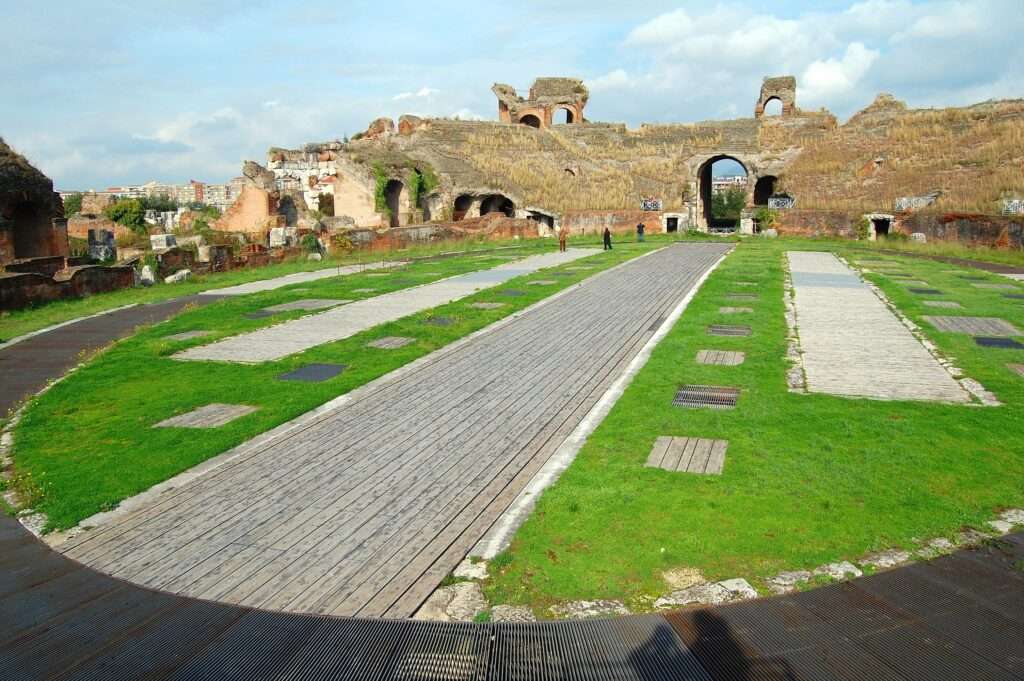
Herculaneum
Herculaneum is a city that suffered the same fate as Pompeii – buried by the eruption of Mt Vesuvius in AD 79. However, just like Pompeii, the eruption preserved much of the city, with an extraordinary amount of detail left behind for modern archeologists to study.
The city appears to have been founded in the sixth or seventh century BC by the local Oscans. The Etruscans then captured the settlement, who in turn lost it to the Greeks, who were then ousted by the Samnites. It then appears to become a Roman colony during the Social War of 89 BC.
The eruption of Mt Vesuvius was sudden, violent and it encased the settlement in short time, preserving much of the town.
Excavations look to have taken place as early as the start of the 1700s and continues to this day. It has been designated a world heritage site. The Roman ruins are plentiful, with houses, villas, bathhouses, boathouses and temples to be found when visiting.
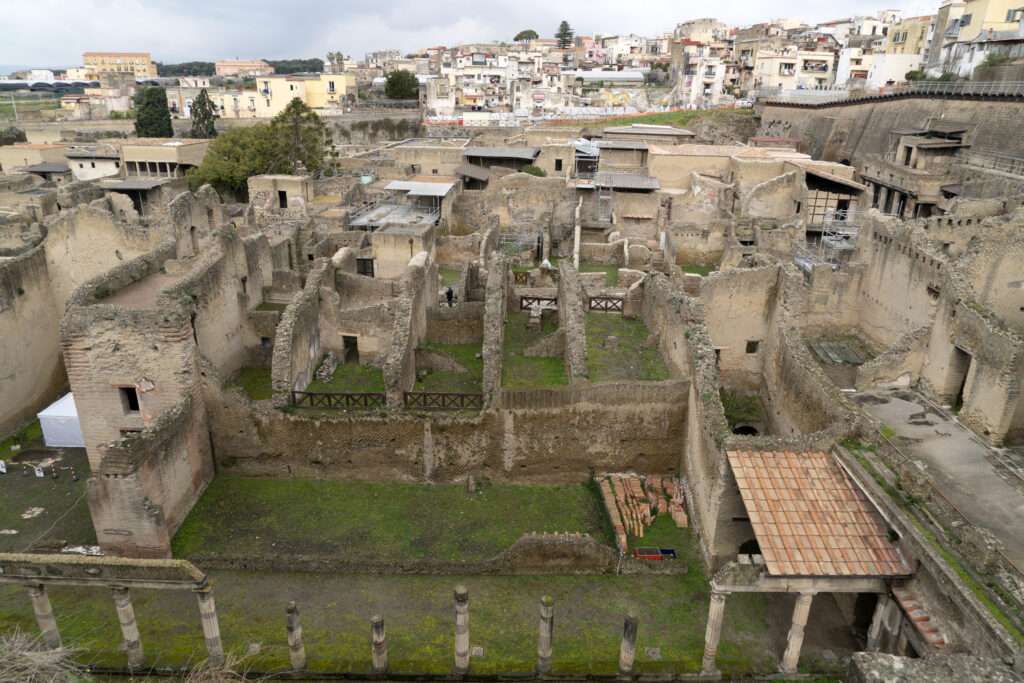
Porta Palatina
The Porta Palatina is a large Roman gate that was constructed in the first century BC and is located in modern day Turin.
It survived the fall of the Roman Empire and was converted into a military facility in the eleventh century. It was damaged and rebuilt over the ensuing centuries, with both towers gaining battlements at the turn of the fifteenth century. It was earmarked for destruction in the eighteenth century but was saved by a local architect, who argued that it was an ancient marvel that needed preserving.
In modern times, the City of Turin has undertaken restoration activities and is working on making the towers available to the public.
One of the best preserved Roman structures in the world.

As you can see from these examples, Italy remains awash with stunning ancient ruins, even thousands of years later.

